From today, the North will experience widespread heat with the highest daily temperature commonly reaching 35-37 degrees Celsius, forecast to last about 5 days.
According to the National Center for Hydro-Meteorological Forecasting, at 1pm today, Hanoi and 6 northern provinces will be hot at 35 degrees Celsius. In Hanoi, except for the Ha Dong meteorological station, the four stations of Ba Vi, Son Tay, Hoai Duc, and Lang all recorded hot weather. The reason is that the hot low zone in the west has developed again, ending a series of rainy days, with the highest temperature below 34 degrees Celsius remaining for more than a week.
It is forecasted that from tomorrow, the heat wave will spread to the entire North and last until June 21, with the highest temperature reaching 35-37 degrees Celsius, some places above 37 degrees Celsius. In the evening, some places will have thunderstorms, possibly accompanied by tornadoes, lightning, and strong gusts of wind.

Hanoians participate in traffic in hot weather, June 2023. Photo: Ngoc Thanh
The American Accuweather website predicts that from today until next Monday, Hanoi will have 27-37 degrees, then the highest temperature will drop to 33-35 degrees Celsius. High points over 1,500 meters above sea level like Sa Pa ( Lao Cai ) will have 19-16 degrees Celsius tomorrow.
Since June 10, the Central region has been experiencing continuous heat waves of 35-37 degrees Celsius. From tomorrow, when the low-temperature zone in the west develops strongly, the temperature will be pushed higher, to 36-38 degrees Celsius, and the western mountainous region will be over 39 degrees Celsius. The heat waves will last from 11am to 6pm.
The South and Central Highlands are affected by the southwest monsoon with stable intensity, so in the coming days there will be showers and thunderstorms in the late afternoon. The highest temperature of the day in the Central Highlands is 31 degrees Celsius, in the South is 34 degrees Celsius.
The meteorological agency warned that severe heat combined with low humidity could lead to the risk of fire in residential areas due to increased electricity demand and the risk of forest fires. In addition, heat can cause dehydration, exhaustion, and heat stroke when the body is exposed to high temperatures for a long time.
From April to the first half of June, the country experienced 7 widespread heat waves. Of these, the periods of April 17-24, May 4-7 and June 1-4 saw many temperature records. The high demand for electricity, coupled with the depletion of hydroelectric reservoirs, and the failure of several thermal power plants caused power shortages in the North, with many places experiencing rotating power outages.
Source link



![[Photo] General Secretary To Lam attends the 80th anniversary of Vietnam's diplomacy](https://vstatic.vietnam.vn/vietnam/resource/IMAGE/2025/8/25/3dc715efdbf74937b6fe8072bac5cb30)
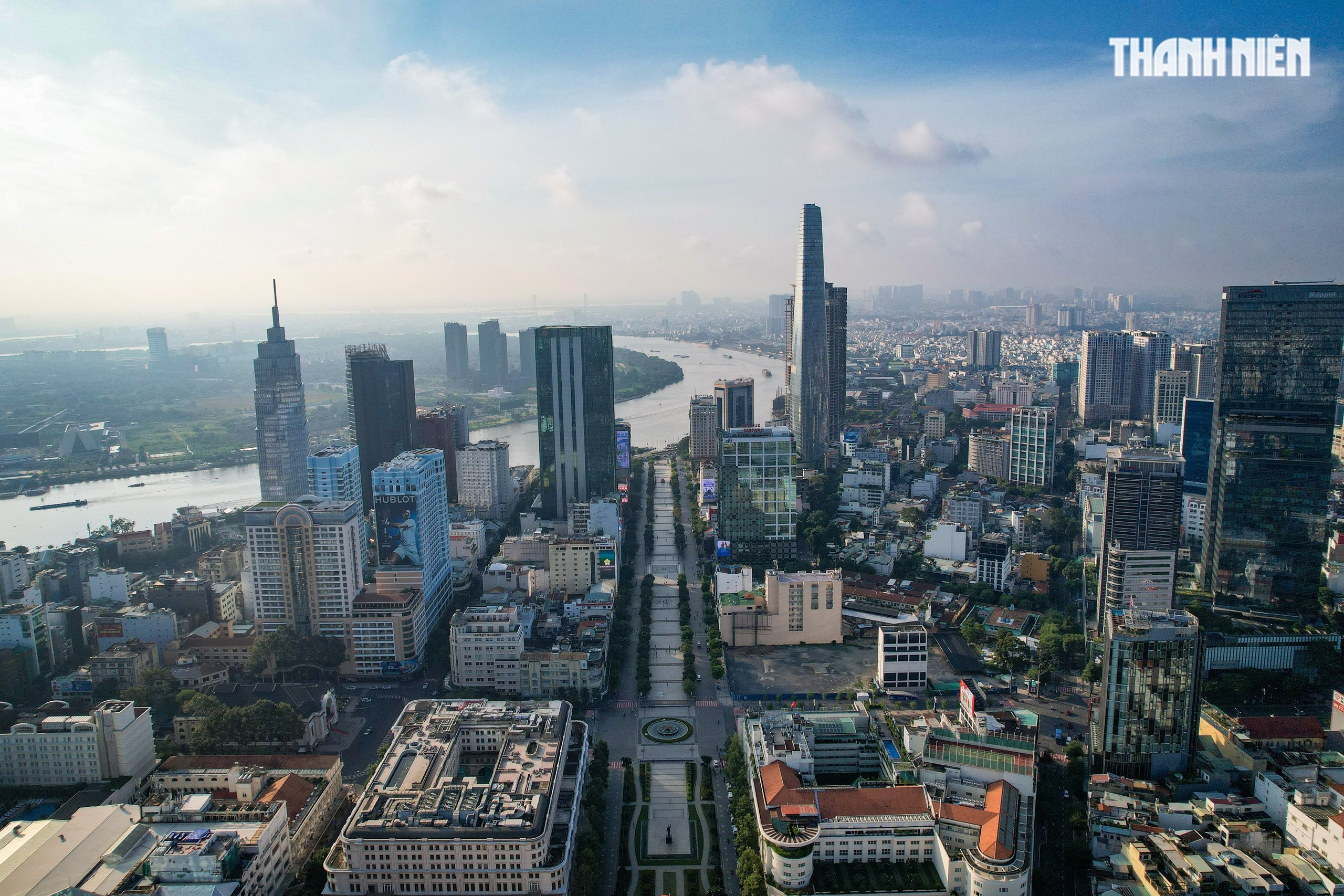








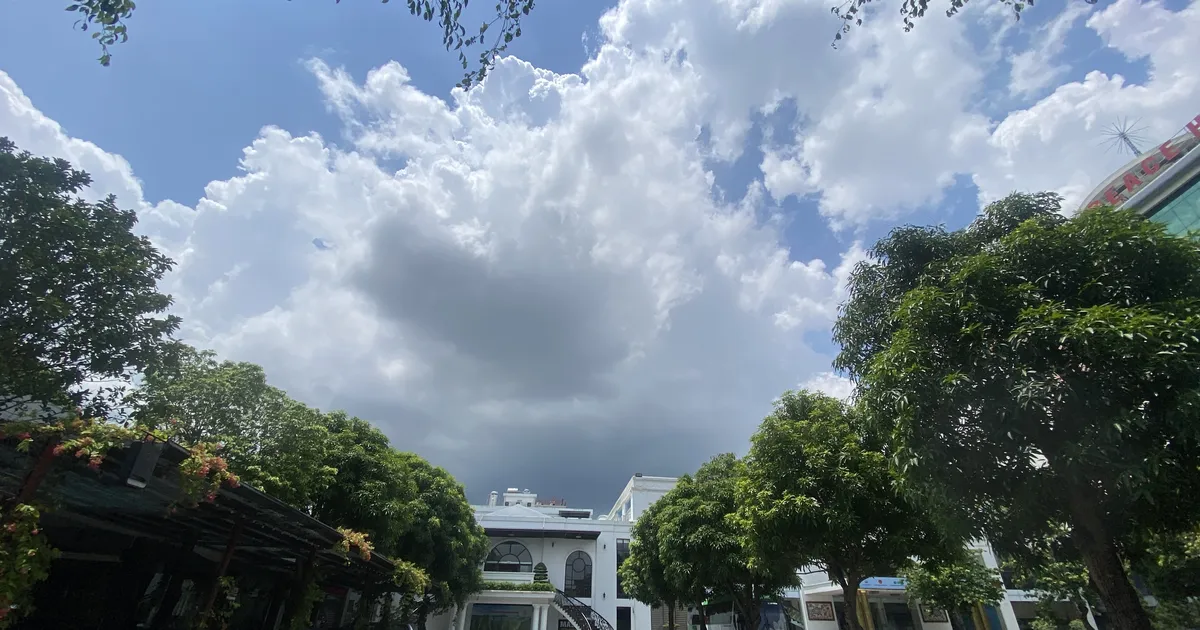















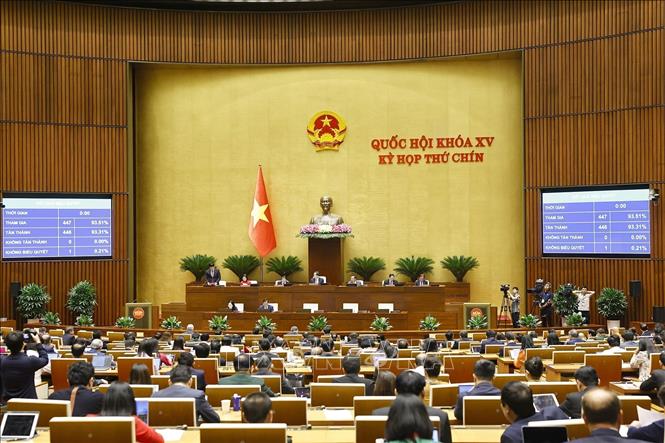













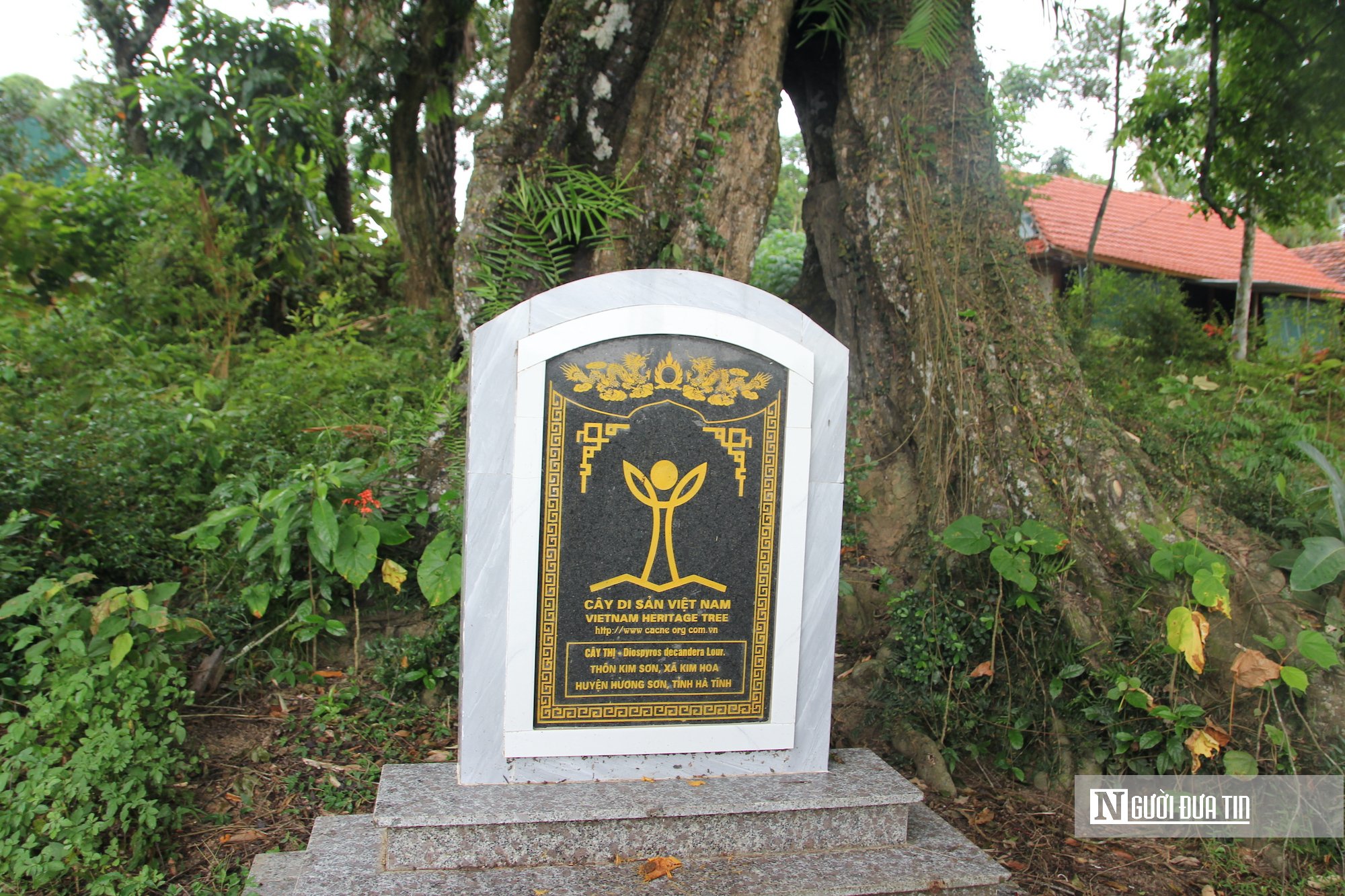







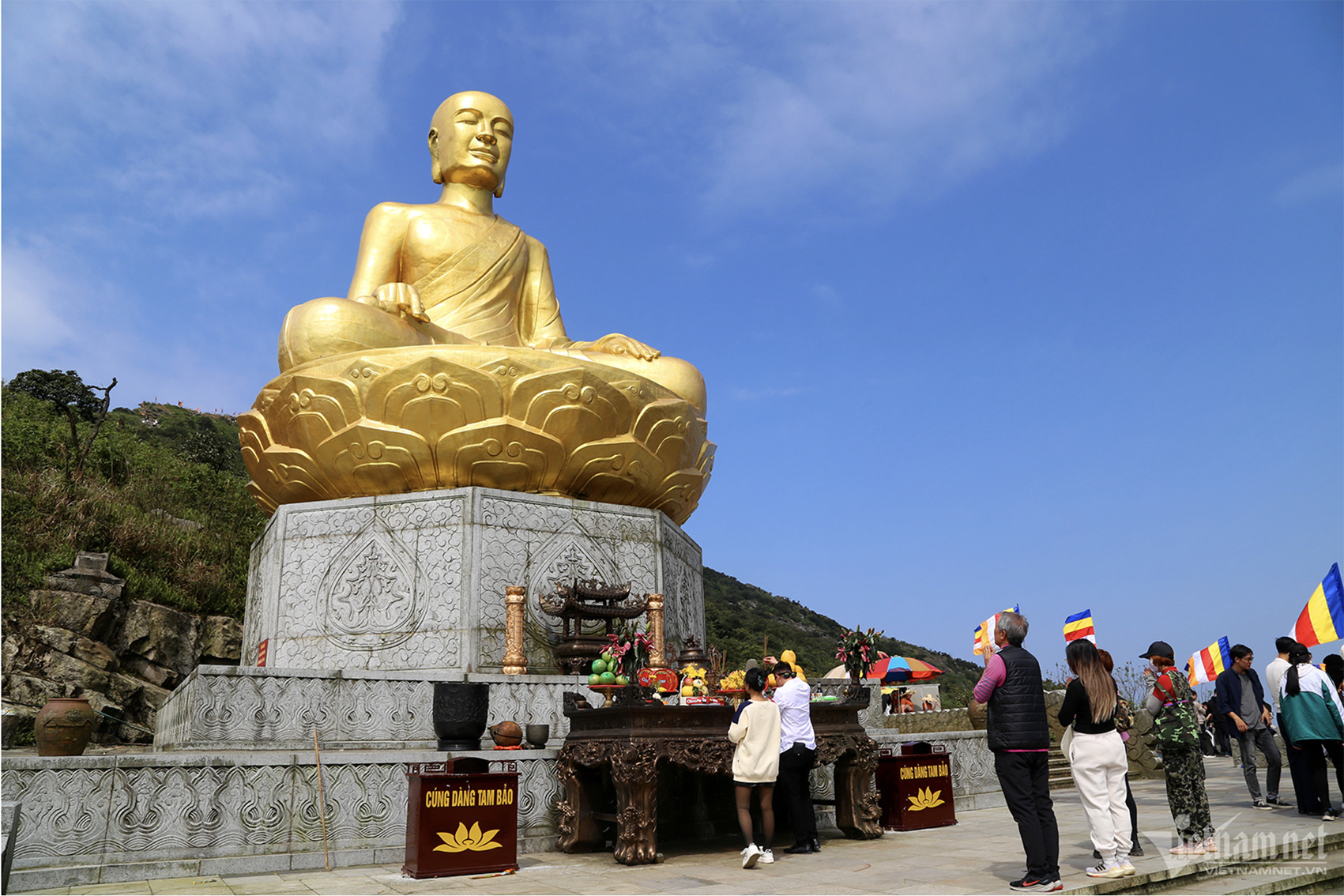





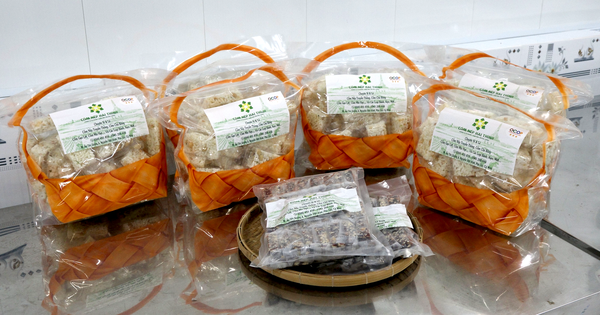
















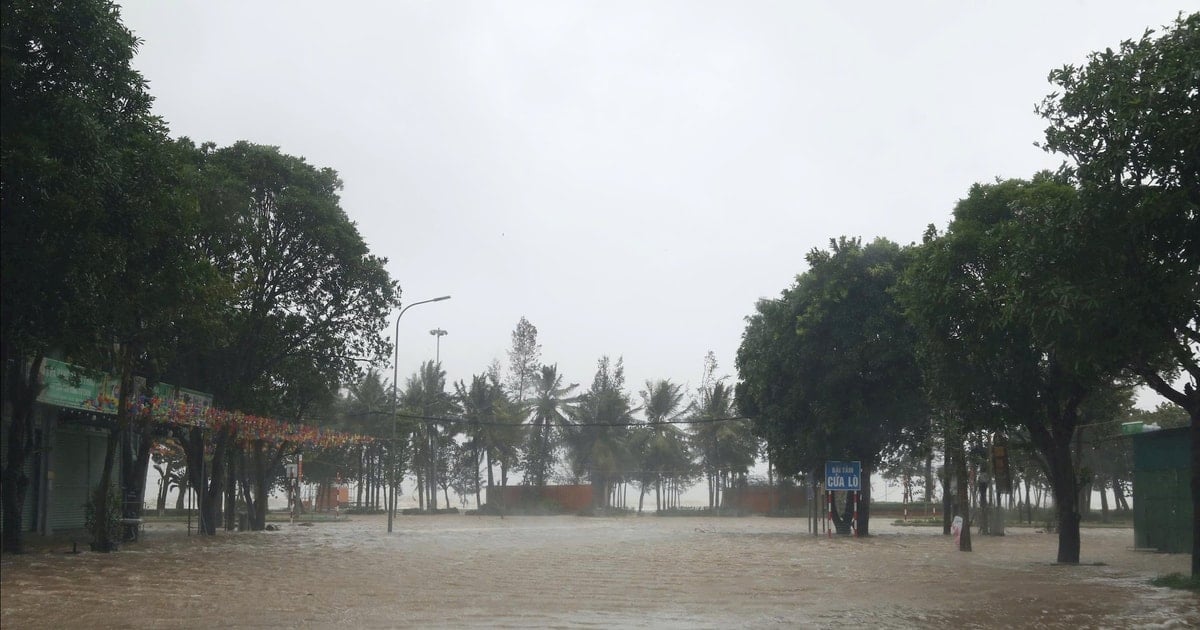



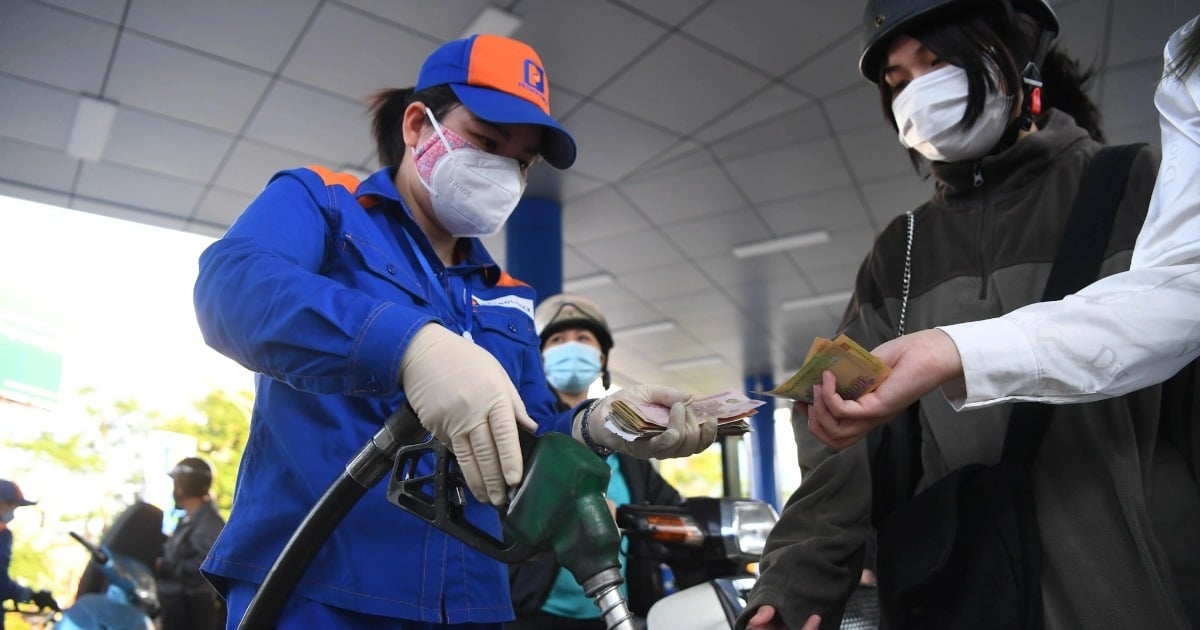






























Comment (0)